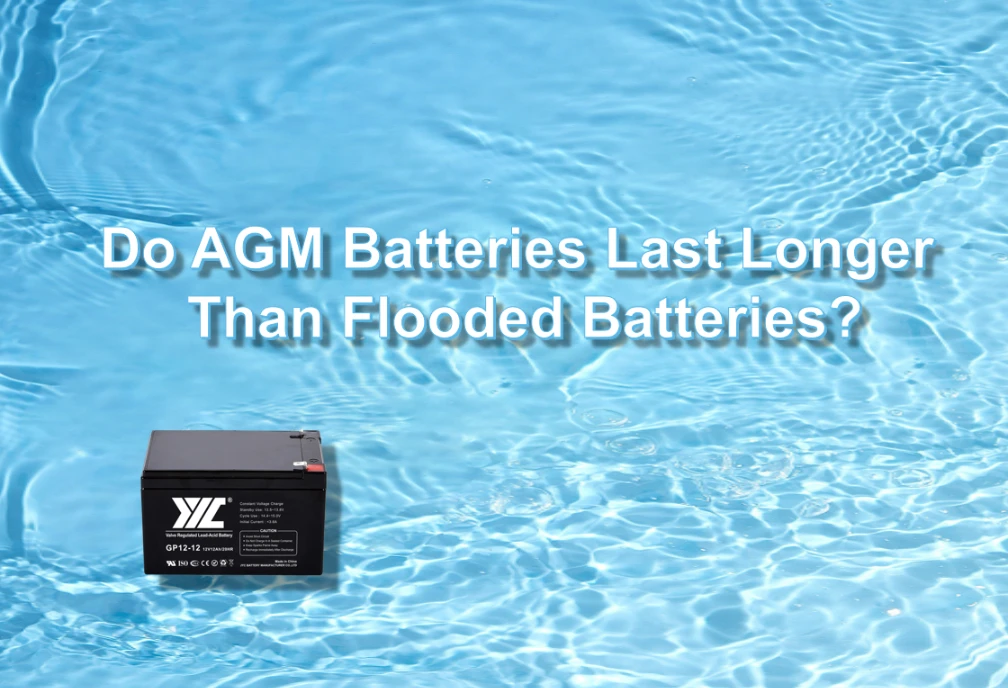
Introduction
When it comes to choosing a battery for various applications, one of the chief considerations people make is the longevity of said battery. AGM (absorbent glass mat) and flooded batteries are two types of batteries that come in handy in many sectors. Understanding the dissimilarities between these two types of battery and their respective lifespan can definitely aid an individual in making an informed decision when it comes to the choice of a battery. The following discussion highlights the salient differences between AGM batteries and flooded batteries, discusses factors that influence the battery’s life span and concludes on whether AGM batteries don’t last less than flooded batteries.
Brief Overview of AGM and Flooded Batteries
AGM Batteries
As valve-regulated lead-acid (VRLA) batteries, AGM batteries comprise a unique technology based on an electrolyte absorbed in a fiberglass mat separator. A tray layer of polymer prevents the electrolyte from freely flowing within the battery, thus forming a highly efficient barrier to spillages. The majority of AGM applications use them as core components in renewable energy systems like wind systems and photovoltaic systems and auxiliary components in industrial automation processes.
Flooded Batteries
Interestingly, typical lead-acid batteries are what makeup flooded batteries. They contain lead plates submerged in a liquid electrolyte – usually made up of water and sulfuric acid – which requires regular checks and topping of electrolyte levels. These batteries are primarily used in applications that want to maximize their budget or value. Applications such as forklifts, golf carts, and backup power systems all use this type of battery.
Lifespan Comparison: AGM vs Flooded Batteries
While comparing lifespan, AGM batteries have an advantage in some applications. On average, flooded batteries outlive AGM batteries. Generally speaking, AGM batteries can last anywhere from 4 to 8 years, depending on usage factors and charging practices combined with environmental conditions. Specific application requirements must always be considered before forming a judgment solely based on calculation results pertaining to lifespan.
Flooded batteries, while not matching the lifespan of AGM batteries, can still provide an operating life that is decent, around 3 to 5 years, and which can be influenced by maintenance and water topping-up regularly, as well as more careful consideration of the charging methods used.
Advantages of AGM Batteries
The longer lifespan of AGM batteries is one of their most significant advantages. Proper care and maintenance allow them to last more cycles despite being subjected to heavy use, resulting in reliability whenever needed. Furthermore, AGM batteries already come with minimal setup requirements since they don’t require water checks or topping-up regularly.
AGM batteries also offer faster charging rates compared to those in the form of flooding. Therefore, it is a boon for applications where quick power replenishment is essential. As manufacturers claim, these batteries are less prone to sulfation than lead-acid batteries.
Benefits of Flooded Batteries
Flooded batteries, though falling short in lifespan to AGM, have their advantages. One key benefit is the lower cost, which makes it more budget-friendly than specific applications for which AGMs are appropriate. Secondly, while deep discharging and heavy loads are common when floods are used, flooded batteries perform better.
Conclusion
In a nutshell, when evaluating battery lifespans, there is the fact that specific application requirements will be placed in which the battery is going to reside. Although AGM batteries normally endure longer peri.ods of time, certain instances might dictate the use of flooded batteries, such as in cases where cost is a major factor and maintenance can be effectively managed. For instance, whereas flooded batteries might be an economical option when cost plays a major role and maintainability cannot be effectively handled, AGM batteries would provide reliable and maintenance-free performance when tackling these factors.



